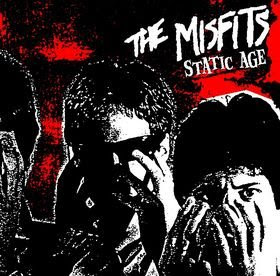How I became Familiar with: The Works of Oliver Sain. You know how it is. Some music you get from friends, some because you read the review, some because you saw the show, some because you wanted to get into their pants, etc, etc. Ah, let me count the ways.
 Eight years ago and I remember it like it was tomorrow:
Eight years ago and I remember it like it was tomorrow: One of these perhaps familiar scenarios involves you or me driving alone late-at-night or early-in-the-morning and hearing something new and mindblowing come wilding out of some obscure radio station, your ears agape, only to then have to wait for the DJ to come back after an eternity or so later and hopefully tell you what you heard 40 odd minutes ago, and if he doesn't -- which in all likelihood, he won't -- hope that you can find a pay phone and dial Information and get the station's phone number and get a hold of that DJ and ask him. And hope that you aren't slurring too badly to pronounce the words that you will use to inadequately describe what you heard and the approximate time at which you heard it, and why it is a matter of utmost importance that you find out who the fuck it was.
Now, Mr. DJ. Sir. Please?

FleaMarketFunk: James Brown may have been the hardest working man in showbiz, but Oliver Sain was the hardest working saxophone in St. Louis. Throw in a whistle, and sho’ nuff funky bass line, and get out on the dance floor!
Soulwalking: Oliver worked with many diverse artists, ranging from Puff Diddy to Loretta Lynn. During the 1970's he became popular on the dancefloor with hits such as 'Bus Stop', 'Booty Bumpin', 'Party Hearty' and 'Feel Like Dancing'.
Dusty Groove: A genius instrumentalist/producer from St. Louis, and the man behind more soul classics than you might imagine.
StlBlues.net: Musicians come and go, but in St. Louis the person who has been at the center of music in every capacity (and survived) with the greatest influence is Oliver Sain. As multi-instrumentalist, bandleader, arranger, songerwriter, producer and owner of recording facilities, Sain is the man.
Oliver Sain: I remember one night I spent at the front line, peeping through a hole in the side of a mountian, using a scope to watch a fire mission below. It was cold! My sergeant told me "Sain, you're not the worst soldier , but you're a long way from the best" (laughs). I didn't really care for it.
~~~~~~
Editor's Notes: The tracks on this compilation are culled from three Oliver Sain albums recorded between the fine years 1972 and 1975.
Main Man, Bus Stop, and Blue Max:

We apologize that one track ("Country Funk"), appears to not have survived the digital migration, and that another track ("Going Back to Memphis"), has some serious digital skipping issues. That said, there is still PLENTY to love in this hear file.
Amazon.com claims that even this relatively recent compilation is already out-of-print, although if you really really like what you hear here, then never fear, for there is a kindly thoughtful reseller out there offering a used import version for a mere $100 USD (+ shipping and handling).
Like the man said: overhear at the FORESTROXX, we offers a public service!
160kbps



































